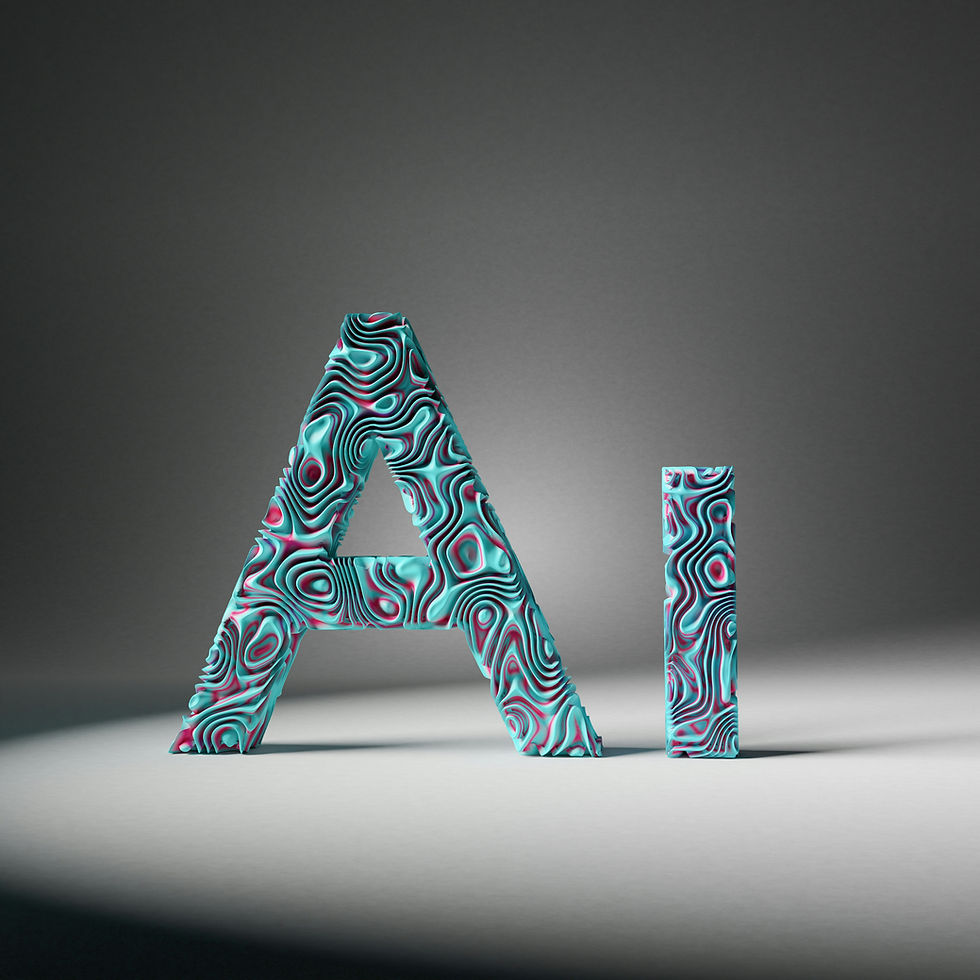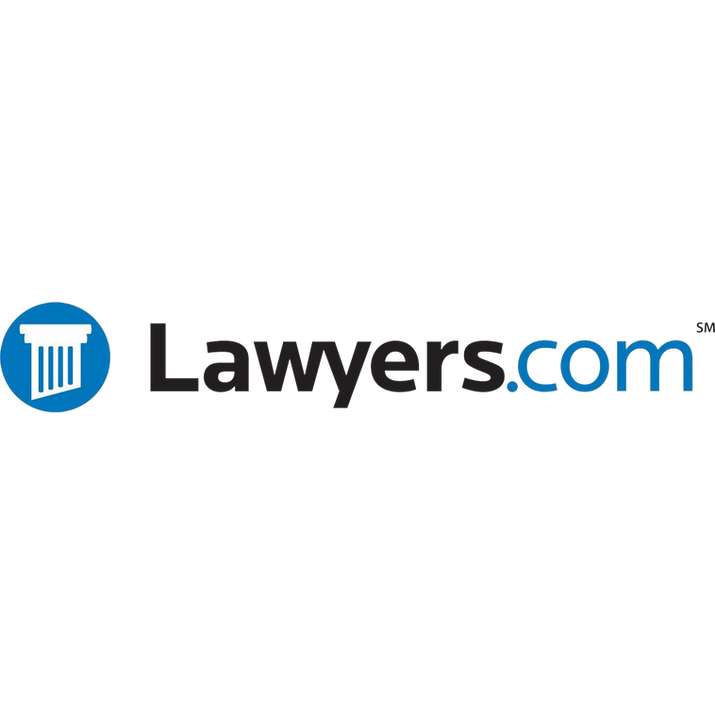USPTO Guidance for AI-Assisted Inventions
- John Laurence
- Jul 22, 2024
- 3 min read
Updated: Jan 22

In an era increasingly reliant on artificial intelligence (AI) for innovation, the United States Patent and Trademark Office (USPTO) has issued crucial guidance on AI-assisted inventions. This guidance, responding to President Biden's Executive Order on AI, aims to clarify inventorship issues amid AI's expanding role in innovation.
In Thaler v. Vidal, the Federal Circuit held that under US patent law, inventorship is limited to natural persons, meaning AI systems cannot be named as inventors on US patent applications or patents.
However, the USPTO's guidance underlines the fact that AI-assisted inventions aren't automatically unpatentable. Instead, it stresses the crucial role of human contributions. This stance is deeply rooted in the principle that patents are designed to incentivize human ingenuity. Therefore, a natural person's significant contribution to its conception is paramount for an AI-assisted invention to be patentable.
A vital aspect of the guidance is its clear stance on AI's role in inventorship. AI systems, including generative AI, cannot be named as inventors. Instead, the focus is on recognizing and promoting the natural persons who made a significant contribution to the invention. This approach is a testament to the legal and policy frameworks that underpin the US patent system, which has always been steadfast in its aim to promote and celebrate human innovation.
The guidance doesn't establish a clear-cut rule for determining whether a significant contribution is present to qualify for inventorship. Instead, it provides a non-exhaustive list of principles derived from Pannu v. Iolab Corp. – a classic case on joint inventorship – to help inform this evaluation:
A natural person can be listed as the inventor or joint inventor if the natural person contributes significantly to the AI-assisted invention. Therefore, using an AI system to create an AI-assisted invention does not automatically negate that person's contributions as an inventor.
A natural person may make a significant contribution to an AI-assisted invention by constructing prompts based on a specific problem to elicit a particular solution from the AI system. Accordingly, a natural person who only presents a problem to an AI system may not be a proper inventor or joint inventor of an invention identified from the AI system's output.
A person who makes a significant contribution to the output of an AI system to create an invention may be a proper inventor. Similarly, a person who conducts a successful experiment using the AI system's output could demonstrate that they have contributed significantly to the invention even if they cannot establish conception until the invention has been reduced to practice. Accordingly, merely reducing the output of the AI system to practice does not demonstrate a significant contribution to the AI-assisted invention.
A natural person(s) who contributes to the design, building, or training of an AI system given a specific problem to elicit a particular solution could be an inventor, where these contributions are significant to the invention created with the AI system.
A natural person who owns or oversees an AI system used to create an AI-assisted invention is not an inventor without contributing significantly to its conception.
How TCP Law Can Help
If a patent application for an AI-assisted invention is to be filed, it is essential to identify each person involved with the AI system to determine whether they have provided a significant contribution within the framework defined by this guidance.
A patent attorney at TCP Law can help evaluate the factors relevant to determining inventorship, including which natural persons designed and trained the AI system, selected and organized the training data, and implemented the trained model relative to the AI-assisted invention.
For assistance with AI-related inventions or with any other patent issue, please contact TCP Law at info@tcplawfirm.com or 917-612-1059.









Comments